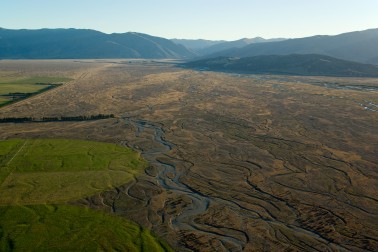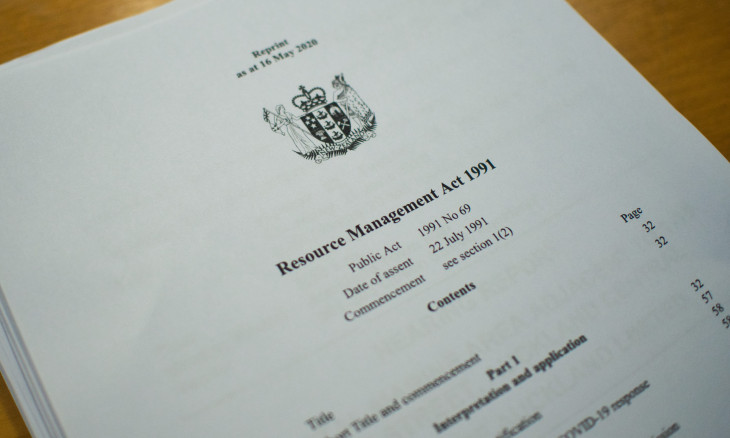Why it matters
The Mackenzie Basin and its natural tussock drylands and the biodiversity it supports are under threat.
What are tussock drylands?
The Mackenzie Basin is a prime example of a tussock dryland. This unique ecosystem has low rainfall and is dominated by shrubs and tussock grasses.
Tussock drylands cover just 19% of New Zealand's land area and contain up to half of Aotearoa's most threatened native plants.
New Zealand has one of the worst records in the world for driving native plants and animals to extinction.
We’ve already lost more than 70 percent of our original drylands, and these landscapes now contain some of our least protected and most threatened native species.
The Mackenzie Basin draws visitors in with its spectacular landscape of tawny-brown tussock and turquoise glacier lakes, contrasted against the gleaming white backdrop of the Southern Alps / Kā Tiritiri o Te Moana.
The Mackenzie Basin also has a remarkable evolutionary history and astounding biological diversity and is:
- An internationally-significant breeding ground for wading birds
- Habitat for the critically-endangered kakī (black stilt), the rarest wading bird in the world
- Home to at least 81 threatened or at risk plant species on the basin floor alone

Kakī are found on braided rivers in the Mackenzie Basin. Credit: Kimberley Collins Creative Commons
The greening of the Mackenzie

Credit: Peter Scott
In recent years, the Mackenzie Basin has seen New Zealand’s fastest rate of biodiversity loss as giant irrigators turn natural drylands green. In 1990, less than three percent of the Mackenzie Basin floor had been developed. By 2016, one-third of land was developed.
Widespread irrigation and dairy conversions have been allowed by weak council rules, privatisation through tenure review, and the agencies involved simply not doing their jobs.
We’re now at a tipping point, where opportunities for protection are closing. There has been enough talk, and the time for action has come.
Forest & Bird is calling upon the Minister to urgently protect what could become the heart of a Mackenzie Basin conservation area before it is too late.











